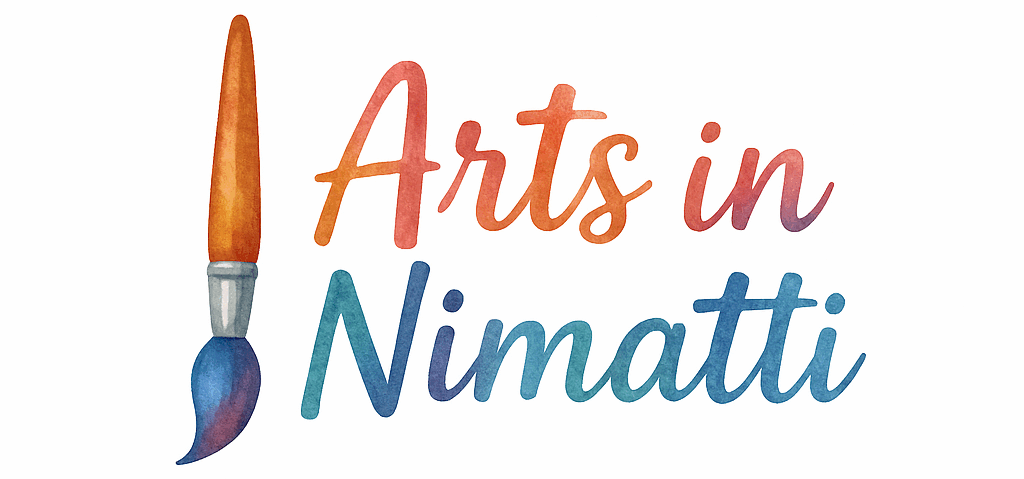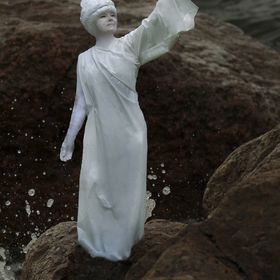In the digital age, email marketing for artists is still one of the most powerful tools to connect with your audience, tell your story, and sell your work. Unlike social media posts that disappear in a feed, emails land right in someone’s inbox — and if done well, they get opened, read, and acted on.
Let’s dive into six email marketing ideas for selling art that are both effective and engaging, and discover how to turn casual subscribers into committed collectors.
Why Email Marketing Still Works for Artists
You might be wondering, “Isn’t email marketing kind of… outdated?” Not at all.
Email is personal. It’s one of the few direct lines you have with your audience where you’re not competing with algorithms. Your email list is something you own — and for artists trying to make a living, that’s priceless.
Want to explore more strategies for thriving in the creative world? Check out our Art Business section.
How to Build Your Email List as an Artist
Before you start sending those awesome emails, you need people to send them to! Here are three proven ways to grow your list.
Use Lead Magnets Like Free Art Tutorials
Offer something valuable in exchange for an email. Maybe it’s a free painting tutorial or a downloadable guide on how to set up an art studio at home. This not only builds your list but positions you as an expert. Get inspired by other creators over at Art Education.
Promote Your Newsletter on Social Media
Every time you post a finished piece or a work-in-progress, include a call to action: “Want more behind-the-scenes peeks? Join my newsletter!” You can also leverage tags like #ArtTutorial and #CreativeHabits to draw attention.
Collect Emails at Art Shows and Events
Don’t just sell prints — collect emails too. Use a QR code linked to your sign-up form or a tablet where people can subscribe on the spot.
6 Email Marketing Ideas for Selling Art
Let’s get into the heart of this — creative, artist-friendly ways to sell more art through email.
1. Launch a “Behind the Canvas” Series
People love stories. Let them into your world with a recurring email that shows how a piece came to life.
Why Storytelling Sells Art
Art buyers aren’t just purchasing a product; they’re buying meaning. A compelling backstory transforms a canvas into a conversation piece.
How to Structure Your Art Stories
Start with inspiration (hint: this tag can help), add process photos, and end with the final piece and a purchase link.
Explore more inspiration-driven ideas in the Inspiration hub.

2. Feature Limited-Time Offers and Discounts
This might seem “salesy,” but done with care, it’s a great way to reward loyal subscribers.
Creating Urgency Without Feeling Salesy
Use phrases like “private collector preview” or “email-exclusive sale.” Limited-edition prints or first access to a new series work great here. Promote deals subtly through the Online Art Sales tag.
3. Curate “Art Collector” Spotlights
Celebrate your collectors! With permission, share photos of how they display your work.
Use Testimonials and Real Collector Photos
People trust other buyers. A quote like “I fell in love with this piece the moment I saw it” goes a long way. It also showcases your growing community.
Dive deeper into the Artist Lifestyle to learn how connection drives sales.
4. Create a Monthly Studio Update
Think of this like your personal magazine. Share what you’ve been working on, upcoming shows, and even your playlist while painting.
Include New Works, Progress Pics, and More
Keep it fun, visual, and consistent. Use emojis. Use gifs. Let your personality shine!
Need help getting organized? Check out Art Productivity tips to manage your time.
5. Share Art Education Tips and Tutorials
This not only helps others but shows that you know your stuff. Include painting tips, material reviews, or beginner guides.
Position Yourself as an Authority
The more value you provide, the more trust you build. Link out to your blog or Art Techniques section.
Also, explore Art Classes or share snippets from your own journey as a learner.
6. Send Personalized Art Recommendations
Use your email tool to tag subscribers based on what they’ve bought or clicked. Then recommend similar works or collections.
Use Tags, Surveys, and Purchase History
“Loved that ocean painting? You might also like this beach series…” Personalization leads to better engagement and higher sales.
Explore the value of custom recommendations through the Art Portfolio approach.
Email Marketing Tools for Artists
You don’t need a big budget — just the right tools.
Platforms to Try (Mailchimp, ConvertKit, etc.)
Start simple. ConvertKit is great for creatives. Mailchimp is beginner-friendly. Flodesk is beautiful.
Automations That Save You Time
Set up welcome emails, birthday offers, or purchase follow-ups. Automate while still sounding like “you.”
Check out tools used by artists over at the Ecommerce section.
Best Practices for Email Design and Engagement
Keep Your Emails Visually Appealing
Use branded colors, easy-to-read fonts, and lots of visuals. You’re an artist — let that show!
Write Click-Worthy Subject Lines
Get creative. Try lines like:
- “You’re Invited to My Studio Table”
- “Guess What I Painted This Week?”
- “Collector’s Early Access Starts Now”
Measuring Your Email Success
Don’t just hit “send” and forget.
Open Rates, Click Rates, and Conversions
Track what’s working. See what subject lines get the most opens and what emails lead to sales.
A/B Testing Your Art Emails
Test different subject lines, layouts, or call-to-actions. Let data guide your creativity.
Final Thoughts
Email marketing isn’t dead — it’s evolving. For artists, it’s one of the best ways to nurture connections, tell deeper stories, and drive real sales. Whether you’re just getting started or refining your strategy, these email marketing ideas can breathe new life into your art business.
Want even more tools to build a thriving creative career? Explore everything from Art History to Art Travel and Artist Life on Arts in Nimatti.
FAQs
1. How often should I email my art list?
Aim for once or twice a month. Keep it consistent, but don’t overwhelm your subscribers.
2. What’s the best time to send art emails?
Test it! Try Tuesdays at 10 AM or Sunday evenings. Every audience is different.
3. Should I include prices in my art emails?
Yes, especially if it’s a sales-focused email. Be transparent and clear.
4. Can I reuse social media content in emails?
Totally. Repurpose your best posts with a personal spin.
5. How do I avoid my emails going to spam?
Use a verified email address, avoid spammy words, and always include an unsubscribe option.
6. Is it okay to promote art classes in emails?
Absolutely! Just make sure it fits your brand. Explore more under Art Classes.
7. Can email marketing help me sell prints too?
Yes! Include links to your store and use tags from Online Art Sales to help your audience find what they want.


